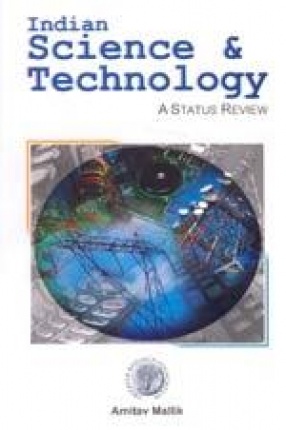In the world of Library and Information technology, a catalogue is a key to knowledge and learning. In a library, cataloguing is the most important work. As a matter of fact, catalogue is a list of books, maps, coins, stamps, sound recordings, or materials in any other medium that constitute a collection. Its prime purpose is to record, describe and index the holdings of a specific collection. Besides cataloguing, bibliographic control is a transcription of the complete cataloguing record: (i) to provide all the information necessary to describe an item accurately both physically and intellectually in order to distinguish it from every other item, and (ii) to provide its location in the classified collection. When such a record is available in the catalogue at each of several access points (e.g., author, title, subject), these entries then become an index to the collection. Thus, in the catalogue the patron can find two important pieces of information: whether the library has the item wanted, and, if so, where it is located in the collection. The present book compiles judiciously selected informative readings on library cataloguing –principles and practices. Attempts are made to gather vital information in the light of latest developments in the field. This book consists of seven chapters, namely –Fundamentals of Library cataloguing; cataloguing Today; Cataloguing: The Changing scenario; Major Problems of cataloguing; Library Standards; Towards Future; Organising for Access; besides Glossary and a Bibliography.
Library Sciences and Documentation
$26.60
$28.00






There are no reviews yet.